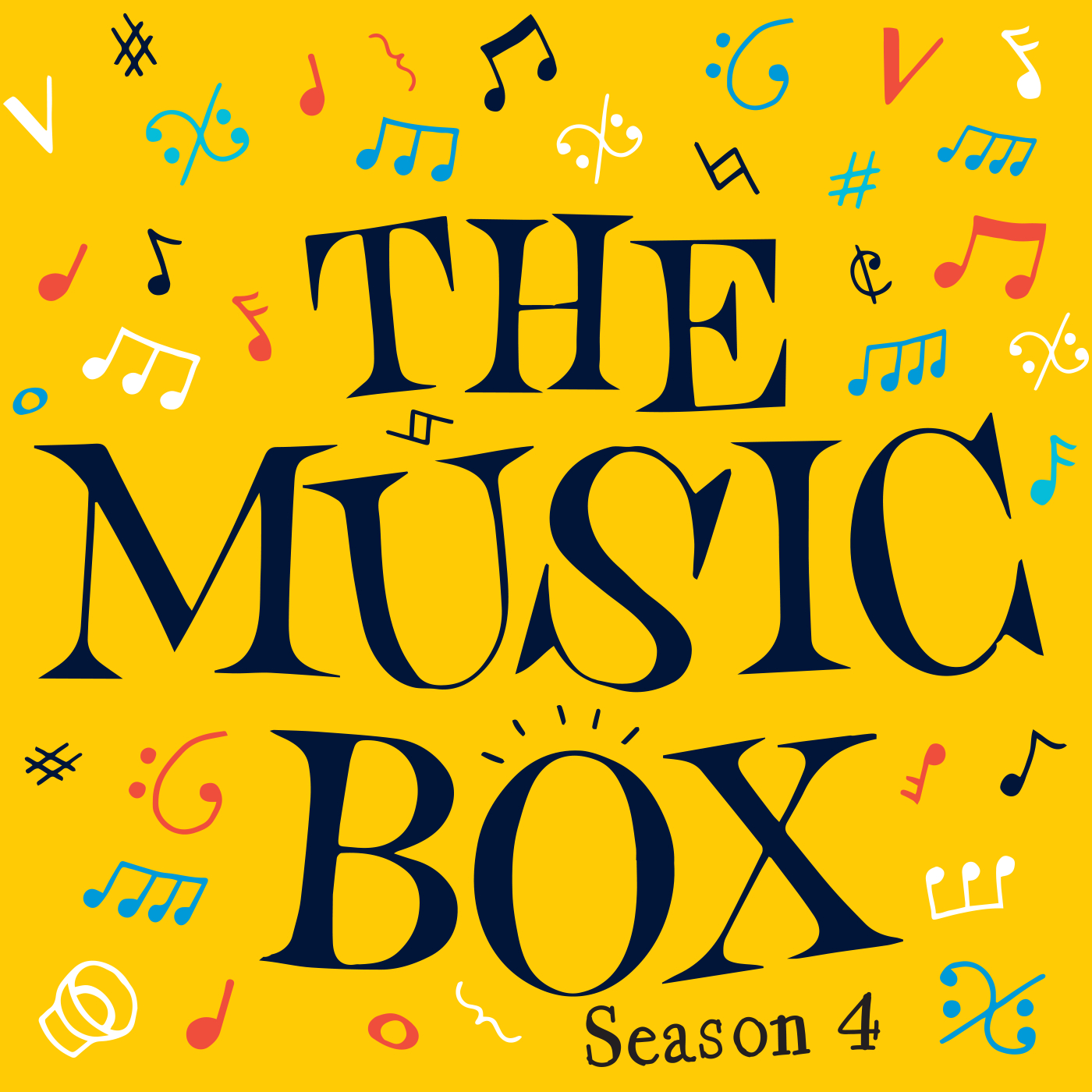- Kids & Family
- Education for Kids
- SEE MORE
- classical
- general
- talk
- News
- Family
- Bürgerfunk
- pop
- Islam
- soul
- jazz
- Comedy
- humor
- wissenschaft
- opera
- baroque
- gesellschaft
- theater
- Local
- alternative
- electro
- rock
- rap
- lifestyle
- Music
- como
- RNE
- ballads
- greek
- Buddhism
- deportes
- christian
- Technology
- piano
- djs
- Dance
- dutch
- flamenco
- social
- hope
- christian rock
- academia
- afrique
- Business
- musique
- ελληνική-μουσική
- religion
- World radio
- Zarzuela
- travel
- World
- NFL
- media
- Art
- public
- Sports
- Gospel
- st.
- baptist
- Leisure
- Kids & Family
- musical
- club
- Culture
- Health & Fitness
- True Crime
- Fiction
- children
- Society & Culture
- TV & Film
- gold
- kunst
- música
- gay
- Natural
- a
- francais
- bach
- economics
- kultur
- evangelical
- tech
- Opinion
- Government
- gaming
- College
- technik
- History
- Jesus
- Health
- movies
- radio
- services
- Church
- podcast
- Education
- international
- Transportation
- Other
- kids
- podcasts
- philadelphia
- Noticias
- love
- sport
- Salud
- film
- and
- 4chan
- Disco
- Stories
- fashion
- Arts
- interviews
- hardstyle
- entertainment
- humour
- medieval
- literature
- alma
- Cultura
- video
- TV
- Science
- en
Women's Writes: A History of Women Composers

b'So many of the composers we usually learn about in school are men -- but that\'s only telling half the story of who writes the music we love.\\n\\n***\\n\\nNational Standards Incorporated:\\nAnalyzing the elements of music (including form) of musical works, relating them to style, mood, and context, and describe how the analysis provides models for personal growth as composer, performer, and/or listener\\n\\nUnderstanding the relationships between music and the other arts, other disciplines, varied contexts, and daily life\\n\\nUnderstanding how music is informed by the structure, the use of musical elements, and context (such as social and cultural)\\n\\n***\\n\\nAdditional resources:\\nThe Story of Music (BBC)\\nHistory of Women in Music\\nThe Birth of Jazz\\nScat Singing Explained and Example\\n\\n***\\n\\nFeatured music:\\n\\nFelix Mendelssohn: A Midsummer Night\\u2019s Dream, Op. 61, Incidental Music, No. 9 Wedding March (Boston Symphony, Seiji Ozawa)\\n\\nFanny Mendelssohn: String Quarter in E-Flat Major: IV. Allegro molto vivace (Quatuor Ebene)\\n\\nIgor Stravinsky: Firebird Suite (Chicago Symphony)\\n\\nEthel Smythe: The March of Women (Chorus and Orchestra of the Plymouth Music Series, Philip Brunelle)\\n\\nDuke Ellington: Cottontail\\n\\nElla Fitzgerald and Duke Ellington: Cottontail\\n\\nPete Seeger: Freight Train\\n\\nElizabeth Cotten: Freight Train\\n\\nThe Chicks: March, March\\n\\nBeyonce: Brown Skin Girl\\n\\nAnnie Lennox & Aretha Franklin: Sisters Are Doin\\u2019 It For Themselves\\n\\n\\n***\\n\\nDonate to support this and future seasons of The Music Box.'